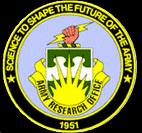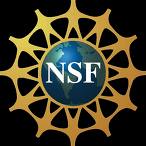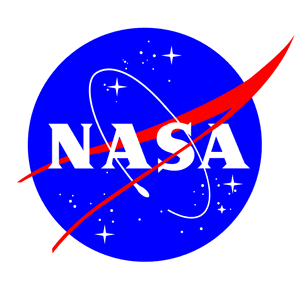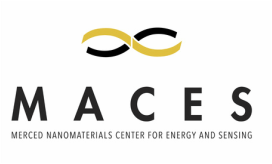The ability to control and direct the self-assembly of nanoparticles (NPs) into specific geometries with tailored functionalities is a very rich scientific area that has resulted in the development of novel opto-electronic and magnetic devices. In our group, we are investigating a route towards templated soft assembly of semiconducting, metallic and magnetic NPs by dispersing them in liquid crystal matrices. We are developing protocols to control both spatial positioning and spectral properties of nano-assemblies using external controls, including optical excitation, electric field and temperature.
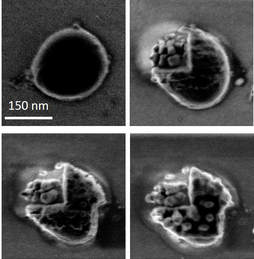
This project leverages the phase transition of liquid crystalline materials for directed assembly of nanoparticles into three-dimensional (3D) structures. The NPs’ surfaces are functionalized with mesogenic (liquid crystal-like) molecules and they are then assembled to form hollow spherical shells with diameters ranging from 500 nm - 5 microns. The versatility of the shell construction process, in addition to the fact that it is a solution-based one-step synthesis with high yield, allow incorporating any variations straightforward, and provide a transformative platform for cargo delivery systems. This series of images show small, 200 nm shells , rupturing on the application of an electric field.
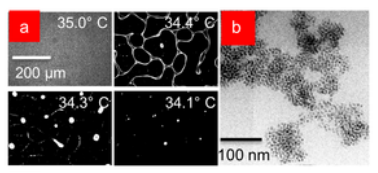
Binary synergistic nano-assemblies of magnetic nanoparticles (MNPs) and semiconducting quantum dots (QDs) formed in a liquid crystalline matrix as the host is cooled through its isotropic-nematic phase transition. TEM image shows a patchy assembly, but with highly uniform inter-particle spacing. On the application of a small magnetic field, the QDs demonstrate a two- to three-fold increase in emission intensity, an effect that is reversible and repeatable, allowing these assemblies to function as highly sensitive 'optical' magnetic sensors.
Jussi Amaral, et. al., Soft Matter, 2015
Jussi Amaral et. al., Materials Research Express, 2016
Jussi Amaral, et. al., Soft Matter, 2015
Jussi Amaral et. al., Materials Research Express, 2016
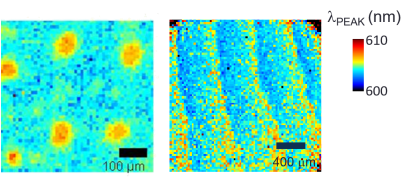
Different liquid crystal (LC) materials can be used to form nano-assemblies of varied patterns. On the left, QDs dispersed in nematic LC form micro-clusters with increased energy transfer at the center of the assemblies. On the right, QDs dispersed in a cholesteric LC organize into stripes as a result of confinement in the CLC photonic cavity, displaying mild Purcell effect. These organized assemblies can be re-dispersed and re-formed by thermal recycling.
Andrea Rodarte, et. al., RSC Advances, 2012
Andrea Rodarte, et. al., Phys. Rev. B, 2012
Andrea Rodarte, et. al., RSC Advances, 2012
Andrea Rodarte, et. al., Phys. Rev. B, 2012
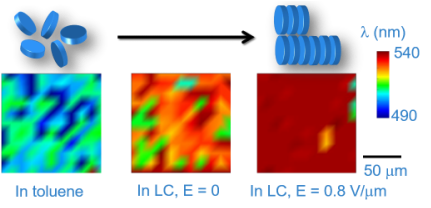
In addition to providing templates for directing assembly of NPs, LC materials have the advantage of being electro-optically active. We use this property to tune ensemble properties of nanodisks dispersed in a nematic LC. Suspending in the LC material allows the nanodisks to organize into stacks, which spectrally red-shifts the emission as a result of increased energy transfer. The application of an electric field along the LC director axis then further increases the energy transfer by reducing organizational disorder.
Richard Inman, et. al., Phys. Rev. B, 2010
Richard Inman, et. al., Phys. Rev. B, 2010
